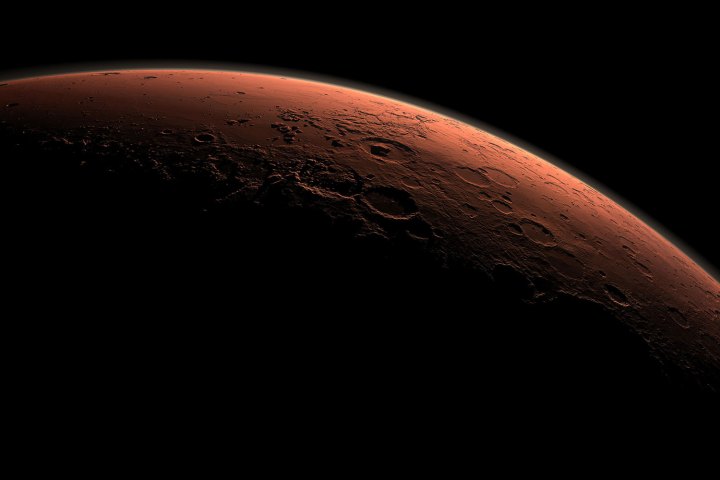
No, it doesn’t sound like a particularly sturdy foundation for the challenging task of building a new world on a faraway planet, but until someone works out how to protect space travelers from the damaging effects of prolonged cosmic ray exposure, such a scenario appears inevitable.
Research published this week by scientists at the University of California, Irvine (UCI) found that rodents exposed to highly energetic charged particles – like those found in the galactic cosmic rays that would bombard space explorers during a mission to Mars – leads to serious long-term brain damage involving “cognitive impairments and dementia.”
Putting it mildly, Professor Charles Limoli of the UCI’s School of Medicine described his team’s findings as “not positive news” for astronauts going on a two-to-three-year round trip to Mars.
He added, “The space environment poses unique hazards to astronauts. Exposure to these particles can lead to a range of potential central nervous system complications that can occur during and persist long after actual space travel – such as various performance decrements, memory deficits, anxiety, depression and impaired decision-making. Many of these adverse consequences to cognition may continue and progress throughout life.”
The tests, which were carried out at the NASA Space Radiation Laboratory at New York’s Brookhaven National Laboratory, found that parts of the brain tasked with learning and memory functions remained impaired six months after the rodents were exposed to the particles.
Interestingly, the team also found that the radiation adversely affected what’s known as “fear extinction.” This particular brain process allows you to overcome a traumatic event, allowing you, for example, to confidently return to water after a near-drowning experience.
“Deficits in fear extinction could make you prone to anxiety, which could become problematic over the course of a three-year trip to and from Mars,” Limoli said.
In a bid to make life easier for humans going on deep-space missions, scientists are currently exploring ways to increase shielding on spacecraft. However, the professor admitted that cosmic rays would still be able to penetrate solid objects to some extent and so astronauts would be unlikely to completely escape their effects. An additional strategy is looking at drug-based solutions that destroy harmful free radicals and protect neurotransmission.
NASA, too, has been studying the effects on the human body of prolonged periods in space. Last year it said that astronauts who spend six months on the International Space Station “had a more difficult time completing mental tasks and with physical coordination.”
Elon Musk wants to launch a human mission to the red planet in the next 10 years, while NASA is looking toward the 2030s or 2040s for its own manned mission. Whoever gets there first – and it might not even be either of these two players – some serious progress will need to be made to protect the travelers’ brains from those nasty cosmic rays, though it’s a challenge many plenty of scientists are no doubt happy to take on.
Editors' Recommendations
- SpaceX Crew-4 astronauts are on their way to the space station
- Elon Musk predicts date for first crewed landing on Mars
- Mars Ingenuity helicopter completes its most challenging flight yet
- NASA’s Mars helicopter wins prestigious space exploration award
- The sound of science: Why audio is the next frontier in Mars exploration


